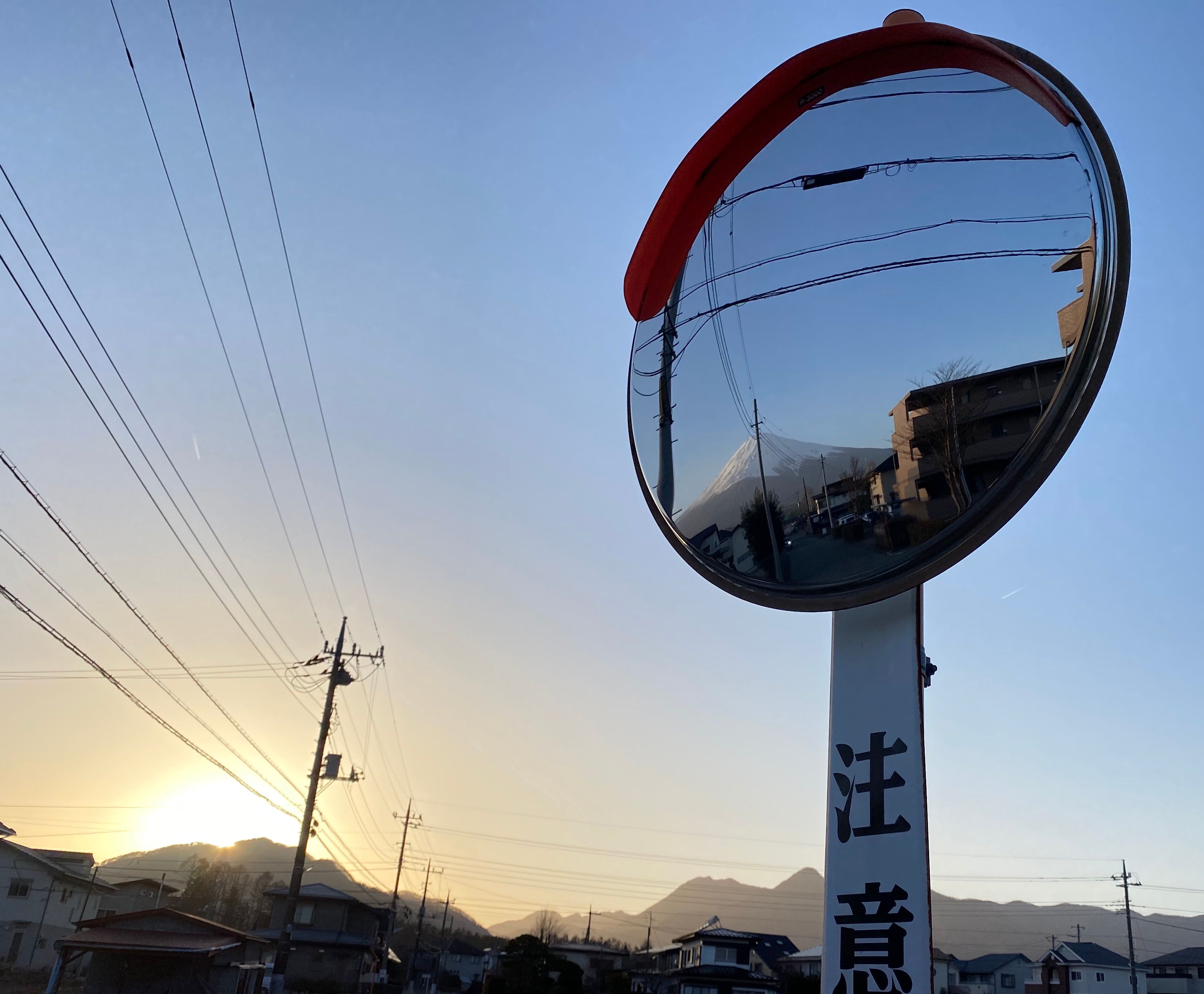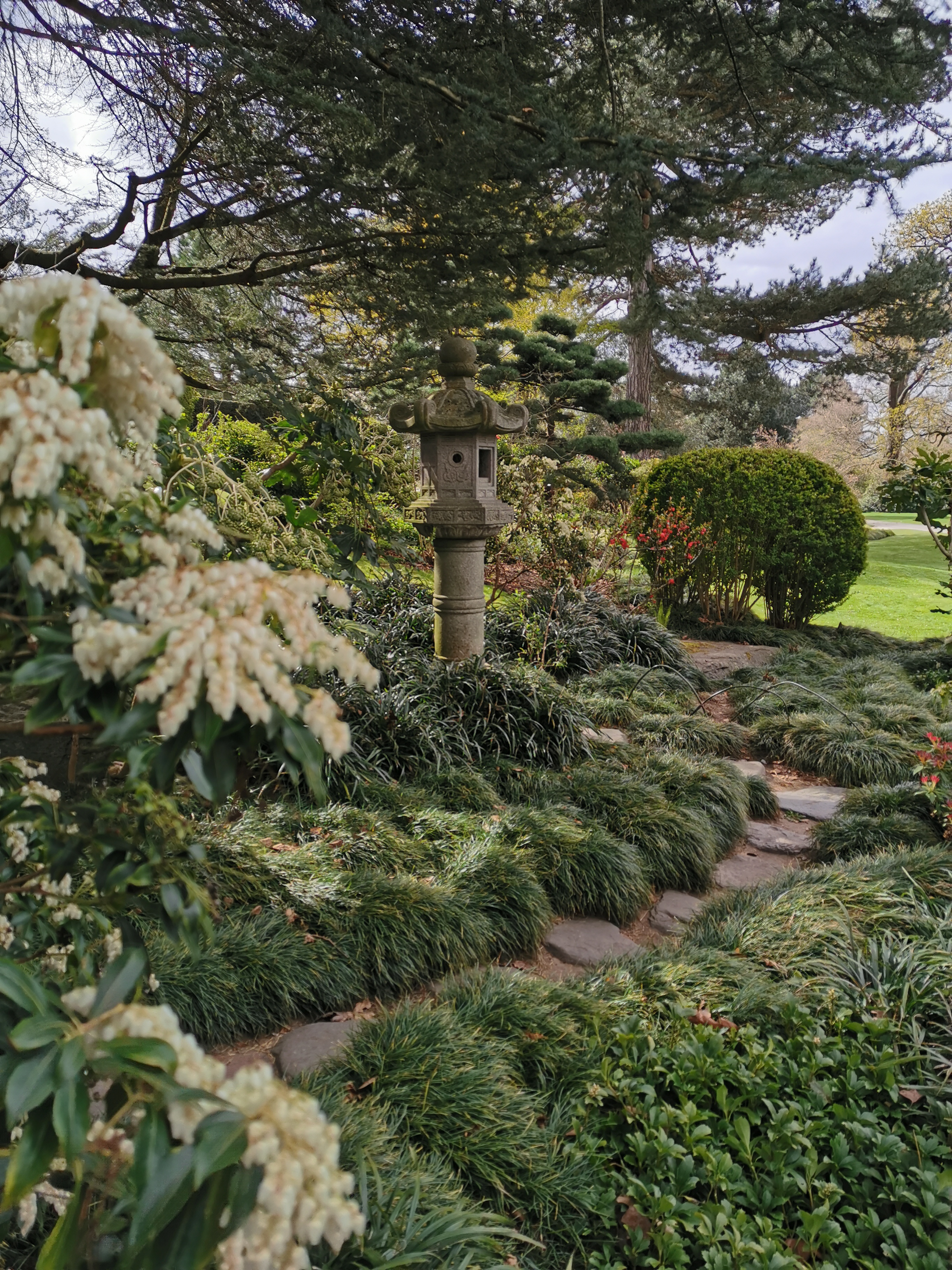
Located just 90 minutes from Tokyo by the Tohoku Shinkansen (bullet train), Fukushima is the ideal destination for an authentic, deep journey to off the beaten track Japan.
Fukushima is the ideal place to go if you’re looking to experience local way of life, delicious, authentic Japanese food, and eye-catchingly beautiful nature that is constantly changing with the seasons. It’s also home to lots of sake breweries, loads of onsen (hot springs), and even a few castles.
Here we take a look at six more of our top twelve recommended spots to visit in Fukushima in winter and all year round, from to the hometown of drift racing!
Winter
Tadami River Bridge - Scenic Bridge and Train Line to Delight Trainspotters

Let your not-so-inner trainspotter run riot on the JR Tadami Line, known as one of Japan’s most scenic train lines. The local line follows a picturesque route, trundling past mirrored lakes, over swirling rivers and through bristling conifer forests, making it a favourite among train fans, whether they are riding it or photographing it.
The line runs between Aizu-Wakamatsu Station in Fukushima and Koide Station in Niigata prefecture, but its most famous point is the Tadami River First Bridge in western Fukushima. The graceful metal arches of the 174-metre long bridge, which straddles the Tadami River, linking its thickly-forested banks, are painted an attractive and unusual shade of lavender.
Beautiful in any season, the postcard-perfect view is made even better by the addition of deep, pristine white snow in winter. Alternatively, the bridge is lit up at night from June to October. To get there, take the train from Aizu-Wakamatsu Station to Aizu Miyashita Station (journey time 1 hour 20 minutes) and catch the local bus to the observation point.
Tsuruga-jo Castle - Historic Samurai Stronghold

Sadly, the original castle was severely damaged in the battle, and the current building is faithful reconstruction built in the 1960s. With red roof tiles and recently repainted white walls, the castle has a unique colour scheme amongst castles in Japan. Visitors can go inside and climb to the top floor of the castle keep to admire the views of the surrounding town.
The castle is surrounded by Tsuruga Castle Park, a spacious park with cherry trees and well-tended lawns that artfully incorporates the castle moat and stone walls into its scenery; previously serving military purposes, the former defenses have now been turned to aesthetic purposes. A visit to the castle combines well with a ride on the JR Tadami Line to visit the Tadami River First Bridge.
Bonus: Enjoy Tea and Sake, Samurai-Style

Alternatively, if you prefer the hard stuff to the green stuff, then Aizu Sake Museum (Aizu Shuzō Rekishikan) is only a five-minute walk away. Housed in a converted brewery belonging to local sake producer Miyaizumi, it has displays on Aizu’s sake-brewing history, the sake-making process, and sake-making equipment - as well as the all-important sake sampling!
Kitakata City - From Ramen to Peanuts, the Ultimate Foodie Destination

There is plenty going on in Kitakata City to satisfy Japan-lovers of all kinds, whatever their interests - from the original architecture of the town's well-preserved storehosues and traditional arts and crafts such as lacquerware and woodwork to food and drink including ramen, sake, miso, and even peanuts!
Architecture buffs will love Kitakata’s preserved townscape, with distinctively Japanese historic ‘kura’ (warehouses) made of wood, stone or clay on every corner. The town bills itself as ‘kura no machi’ or a ‘town of storehouses’, and an estimated 2,000-4,000 storehouses for sake, miso and other goods still standing. Around 40 of these have been converted into cafes and restaurants, specialist shops and boutiques and even an art gallery, making a thrilling base for a day of exploration.
A Japanese food lover’s dream destination, Kitakata is famous for three foods in particular: miso, sake, and ramen. Sake fans should consider a brewery visit while in town - try Yamatogawa Kura, run by ninth generation owners, or Ohara Shuzo, whose flagship “Kurashikku” sake is matured to the sounds of Mozart, supposedly imparting a more refined flavour.

Along with Sapporo Ramen and Hakata Ramen, Kitakata Ramen - with its distinctive thick, curly noodles and rich yet light soy sauce-based soup - is one of Japan’s big top three types of local ramen. It is so good that Japanese people reportedly drive for four hours from Tokyo just to try it, and there is fierce competition between the town’s 100 ramen noodle joints. The most authentic way to try it is as ‘asa ramen’ (morning ramen), or ramen for breakfast. Try it for yourself at Genraikan, the original Kitakata Ramen shop, or Bannai Shokudo, now a national chain.
If you can’t stomach the idea of noodles first thing in the morning - or you can but you miraculously still have room for more food - then head to Okuya Peanut Factory Shop. Historically, Kitakata was a hub of peanut processing and peanut product manufacturing, and the factory shop stocks a variety of coated peanuts and peanut-based snacks. Whatever you do, don’t miss the star of the show, the Royal Peanut soft-serve ice cream.
Kitakata also has a centuries-old history of lacquerware and paulownia woodwork. The town is home to Aizu Lacquer Art Museum, where you can experience the strength, simplicity and excellent insulation of Aizu lacquerware and see examples of lacquerwork, including a lacquer-painted Japanese-style room. Meanwhile, at the Paulownia Museum and Aizu Paulownia Craft Museum, you can discover how 'geta' (wooden clogs), furniture, and other items are made.
Aizu Sazaedo Pagoda - Pagoda with Unique Double-Helix Staircase

The tragic true story, encapsulating traditional samurai values of loyalty and devotion, has made the tombs and memorial statues for the nineteen boys who died into a popular domestic tourist spot, and there are two museums devoted to the Byakkotai story, as well as many souvenir shops, dotting Iimori-yama's slopes.
Nisshinkan - Historic Samurai Training School

Today, you can tour the school facilities, which include classrooms, dormitories and exercise grounds, but also an archery court, library, printing office, observatory and even a pond where aspiring samurai students practised swimming while wearing full battle armour - probably even trickier than it sounds!

If you want to try your hand at some of the subjects students at Nisshinkan would have studied, then you can join one of the mock classes in meditation, tea ceremony, archery or Japanese halberd (some activities require advance registration). Alternatively, you can try your hand at local arts and crafts, such as painting ‘akabeko’, a red papier-mache cow with a nodding head, or ‘koboshi’, a self-righting doll with a comical smiling face.
Mt Adatara - Relaxed Mountain-Climbing Destination

Mt Adatara in Fukushima is among them. Climbing at a relaxed pace, it takes about 90 minutes to ascend to the 1,700 summit. From the top, you can enjoy spectacular panoramic views of Nihonmatsu city, Bandai-Asahi National Park and the entire Bandai-Asahi area, from Mt. Bandai (another Hyakumeizan) to Mt. Azuma to the northeast.
Alternatively, you can take a shortcut by hopping on the Adatara Ropeway, which takes ten minutes to make the journey from Adatara Kogen Ski Resort at 950 metres up to Yakushidake at 1,350 metres. From there, it’s around a ten-minute walk to the Yakushidate Observation Platform. Using the ropeway reduces the round trip climb by about an hour, enabling you to get up and down the mountain in under three hours. The ropeway operates 8:30-16:30 and costs 1,700 yen for the round trip fare.
Bonus: Nihonmatsu Ebisu Circuit - Hometown of Japanese Drift-Racing

Nestled in a dense forest eleven minutes drive from the foot of Mt Adatara is Nihonmatsu Ebisu Circuit, a large multi-course motor racing track complex. Known as the hometown of drift-racing in Japan and one of the premier drifting-based tracks in the world, it is a must-visit for petrolheads from all over the globe.
Drifting originated and spread in Japan in the 1980s, before being popularised abroad by The Fast and the Furious film series. In recent years, increasing numbers of drifting fans and drivers from countries as far afield as Canada, Australia, New Zealand and the USA are making the pilgrimage to the Ebisu circuit to experience the daredevil sport of drift-racing at its homeground.
Designed and built by drift driver Nobushige Kumakubo, the circuit opened in 1988 and quickly attracted amateur racers who had previously been (ahem) drifting on winding rural roads. The circuit features seven individual tracks and two skid pan type circuits, and is one of the few race courses to allow drifting, as the sport inevitably gradually wears down the track’s surface - not to mention the cars’ tyres! The Ebisu Drift Festival, held three times a year, sees upwards of 100 drivers congregating at the circuit each time.
Not keen to get behind the wheel for yourself? Not to worry - just shell out for Team Orange’s “drift taxi” experience, where a professional drifting driver takes you for a nail-bitingly exciting spin to experience the Ebisu track sideways (advance booking required). And if racing and cars just aren’t your thing at all, then don’t worry - Tohoku Safari Park is next door, and can be tackled at a considerably slower pace.

















































